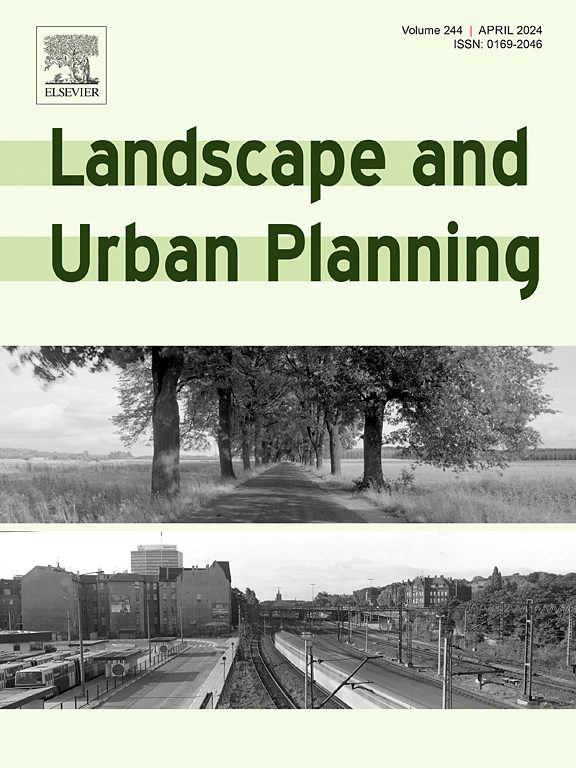Evaluating the influence of environmental factors and route characteristics on leisure-oriented active travel: A case study in Skåne Province
IF 7.9
1区 环境科学与生态学
Q1 ECOLOGY
引用次数: 0
Abstract
Leisure-oriented active travel, such as walking and running, offers significant health and environmental benefits. It promotes physical activity and reduces reliance on motorized transport. Despite its importance, many studies focus primarily on urban areas, often neglecting suburban and natural regions. Additionally, these studies frequently include an excess of unfiltered features, leading to overly complex models that are difficult to apply in practice. To address these challenges, this study adopts a framework that integrates neighborhood rough set theory with methods such as Generalized Linear Models, Generalized Additive Models, Random Forest, and SHapley Additive exPlanations. By utilizing crowdsourced Komoot data and environmental datasets, the study identifies the key factors influencing the popularity of leisure-oriented active travel routes. The Hiking Index emerges as the most significant factor, followed by road surface types, surrounding environments, night light levels, and paving conditions. By accounting for both linear and nonlinear effects, the framework enhances the interpretability of the results. These findings offer practical insights for sustainable leisure-oriented active travel planning, supporting public health objectives, encouraging environmentally friendly travel, and providing valuable guidance for regional planning and policy development.
环境因素与路径特征对休闲型主动出行的影响评价——以新疆省为例
以休闲为导向的积极旅行,如散步和跑步,对健康和环境都有很大的好处。它促进身体活动,减少对机动交通的依赖。尽管它很重要,但许多研究主要集中在城市地区,往往忽视了郊区和自然地区。此外,这些研究经常包含过多的未过滤特征,导致模型过于复杂,难以在实践中应用。为了应对这些挑战,本研究采用了一个框架,将邻域粗糙集理论与广义线性模型、广义可加模型、随机森林和SHapley可加解释等方法相结合。本研究利用众包的Komoot数据和环境数据集,确定了影响休闲导向的主动旅游路线受欢迎程度的关键因素。徒步指数是最重要的因素,其次是路面类型、周围环境、夜间光照水平和路面条件。通过考虑线性和非线性效应,该框架增强了结果的可解释性。这些发现为可持续休闲导向的主动旅行规划提供了实际见解,支持公共卫生目标,鼓励环境友好型旅行,并为区域规划和政策制定提供了有价值的指导。
本文章由计算机程序翻译,如有差异,请以英文原文为准。
求助全文
约1分钟内获得全文
求助全文
来源期刊

Landscape and Urban Planning
环境科学-生态学
CiteScore
15.20
自引率
6.60%
发文量
232
审稿时长
6 months
期刊介绍:
Landscape and Urban Planning is an international journal that aims to enhance our understanding of landscapes and promote sustainable solutions for landscape change. The journal focuses on landscapes as complex social-ecological systems that encompass various spatial and temporal dimensions. These landscapes possess aesthetic, natural, and cultural qualities that are valued by individuals in different ways, leading to actions that alter the landscape. With increasing urbanization and the need for ecological and cultural sensitivity at various scales, a multidisciplinary approach is necessary to comprehend and align social and ecological values for landscape sustainability. The journal believes that combining landscape science with planning and design can yield positive outcomes for both people and nature.
 求助内容:
求助内容: 应助结果提醒方式:
应助结果提醒方式:


